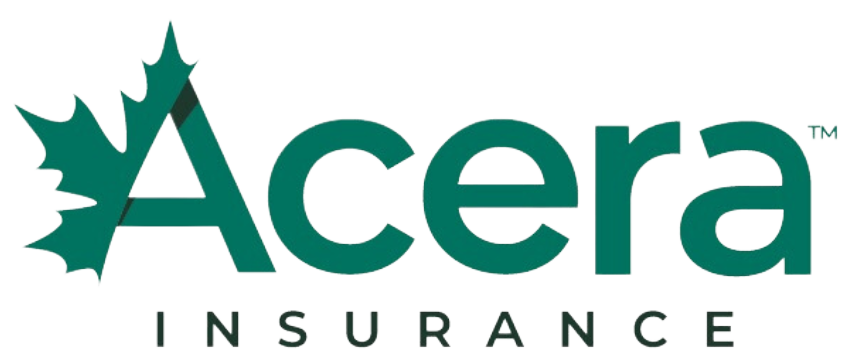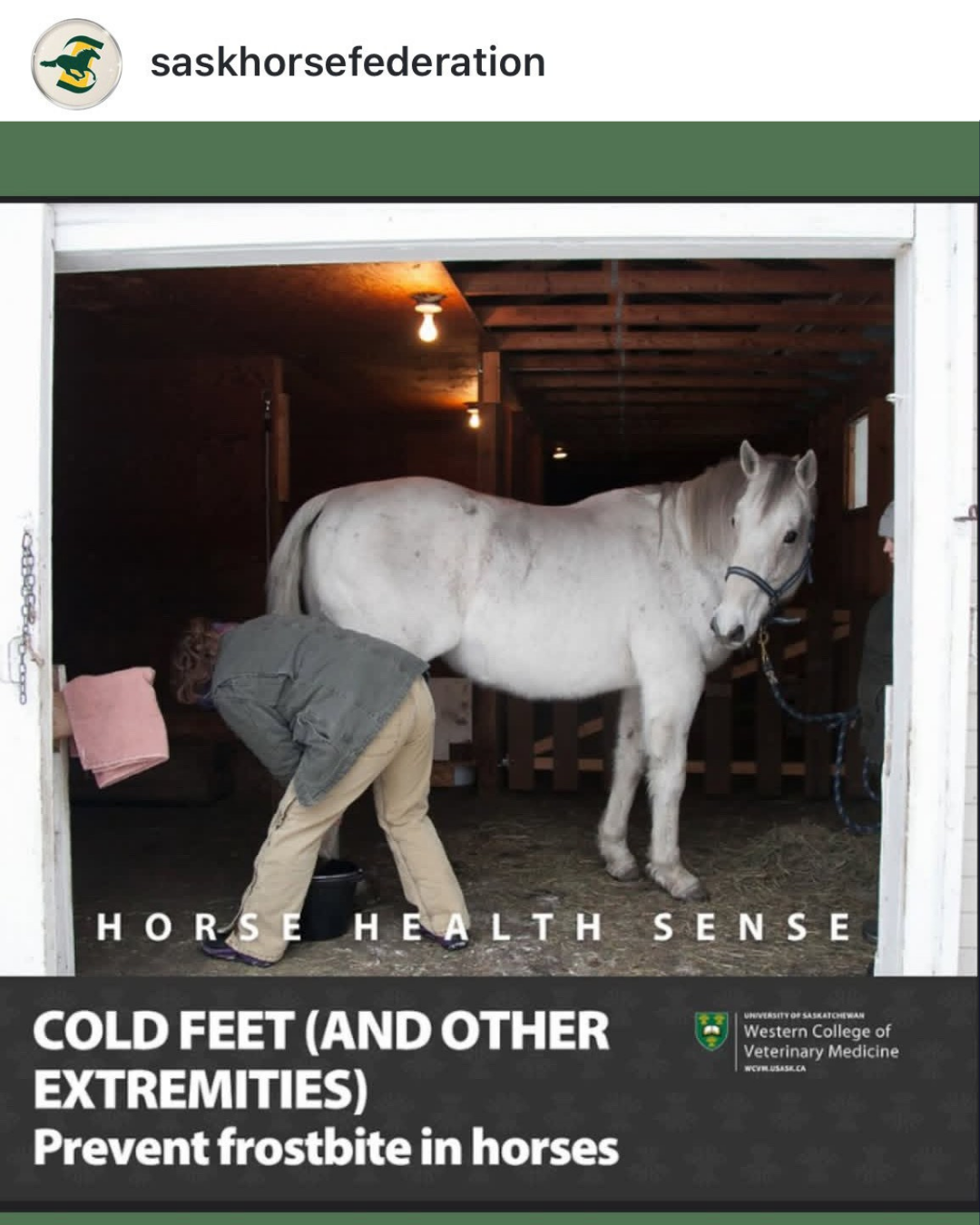CONCUSSION EDUCATION AND PREVENTION
What is a Concussion?
The Centers for Disease Control and Prevention (CDC) defines a concussion as:
A type of traumatic brain injury (TBI) caused by a bump, blow, or jolt to the head or by a hit to the body that causes the head and brain to move rapidly back and forth. This sudden movement can cause the brain to bounce around or twist in the skull, stretching and damaging the brain cells and creating chemical changes in the brain.
Does my helmet protect me from concussions?
• No, helmets do not prevent concussions.
• Helmets are a vital piece of safety equipment, and protect you from many types of head injuries, but they do not prevent the brain from moving within the skull during a fall or impact, and therefore do not prevent concussions.
How do I detect a concussion injury?
A concussion is a brain injury that cannot be seen on routine X-rays, CT scans or MRIs. It affects the way a person may think and remember things and can cause a variety of symptoms. Any blow to the head, face or neck, or a blow to the body that jars the head, could cause a concussion.
Signs and symptoms of a concussion can appear immediately or hours after the impact. Each person might experience concussion in a different way. It is typical to experience one or more of the following:
PHYSICAL COGNITIVE
- Dizziness • Sensitivity to noise
- Nausea or vomiting • Feeling slowed down
- "Pressure in the head” • Fatigue or low energy
- Headache • Difficulty remembering
- Balance problems • Confusion
- Sensitivity to light • Drowsiness
- Neck pain • Difficulty concentrating
- Seizure or convulsion • Amnesia
- Blurred vision
- Loss of consciousness
EMOTIONAL SLEEP
• Irritability • Insomnia – unable to sleep
• Nervous or anxious • Poor sleep quality
• More emotional • Sleeping too much
• Feeling like in a “fog”
• “Don’t feel right”
• Sadness
What should I do if I suspect a concussion?
In all suspected cases of concussion, the person should stop the activity right away. Continuing increases their risk of more severe, longer-lasting concussion symptoms, as well as increases their risk of other injury.
Anyone with a suspected concussion should be checked out by a medical doctor.
If any red flag symptoms are present, get medical help immediately. If the person is unconscious, call an ambulance. Do not move the person or remove any equipment, such as a helmet, in case of a spine injury.
RED FLAGS
• Person complains of neck pain
• Deteriorating conscious state
• Increasing confusion or irritability
• Severe or increasing headache
• Repeated vomiting
• Unusual behavior change
• Seizure or convulsion
• Double vision
• Weakness or tingling / burning in arms or legs
How long does a concussion last?
The symptoms of a concussion usually last one to four weeks but may last longer. In some cases, it can take weeks or months to heal. If a person has had a concussion before, it may take them longer to heal the next time.
How is a concussion treated?
Care for a concussion can involve a variety of treatments and a team of health professionals, depending on the symptoms and how a person’s condition improves. Common recommendations would include rest in the early days, followed by a gradual return to activity under the supervision of a medical professional.





.png)



